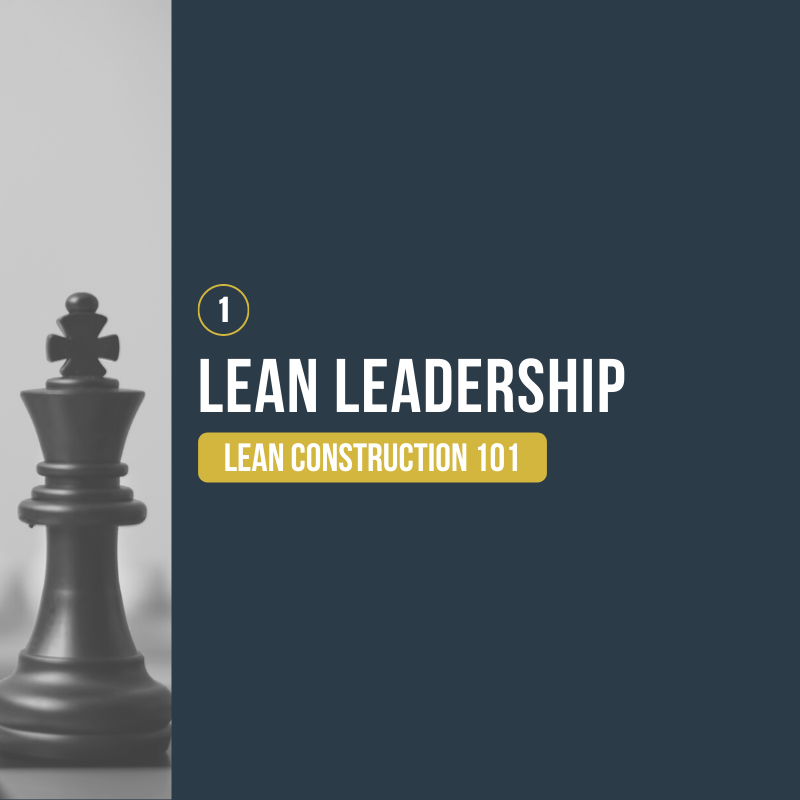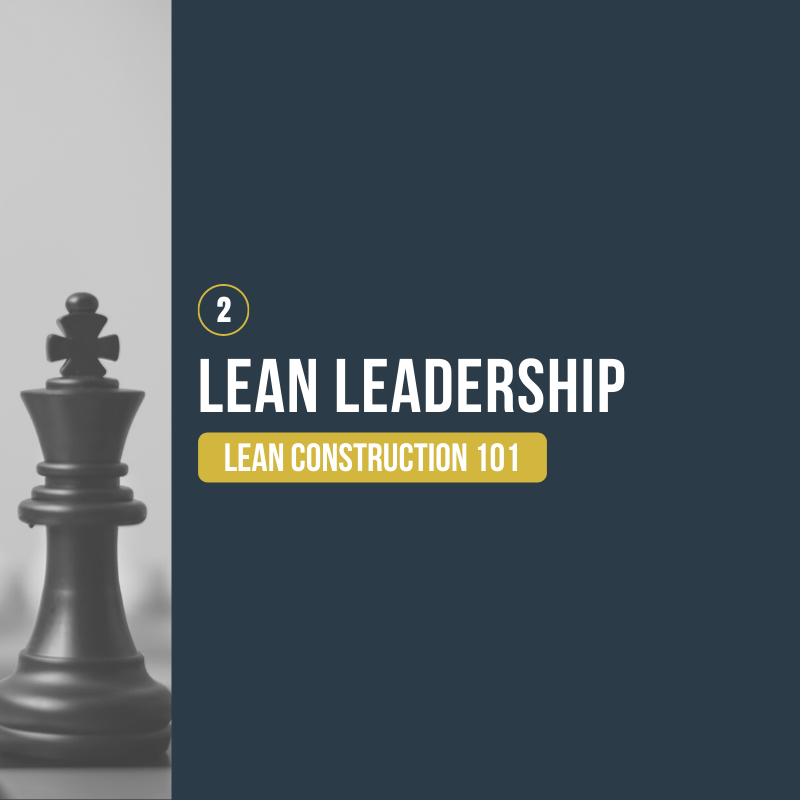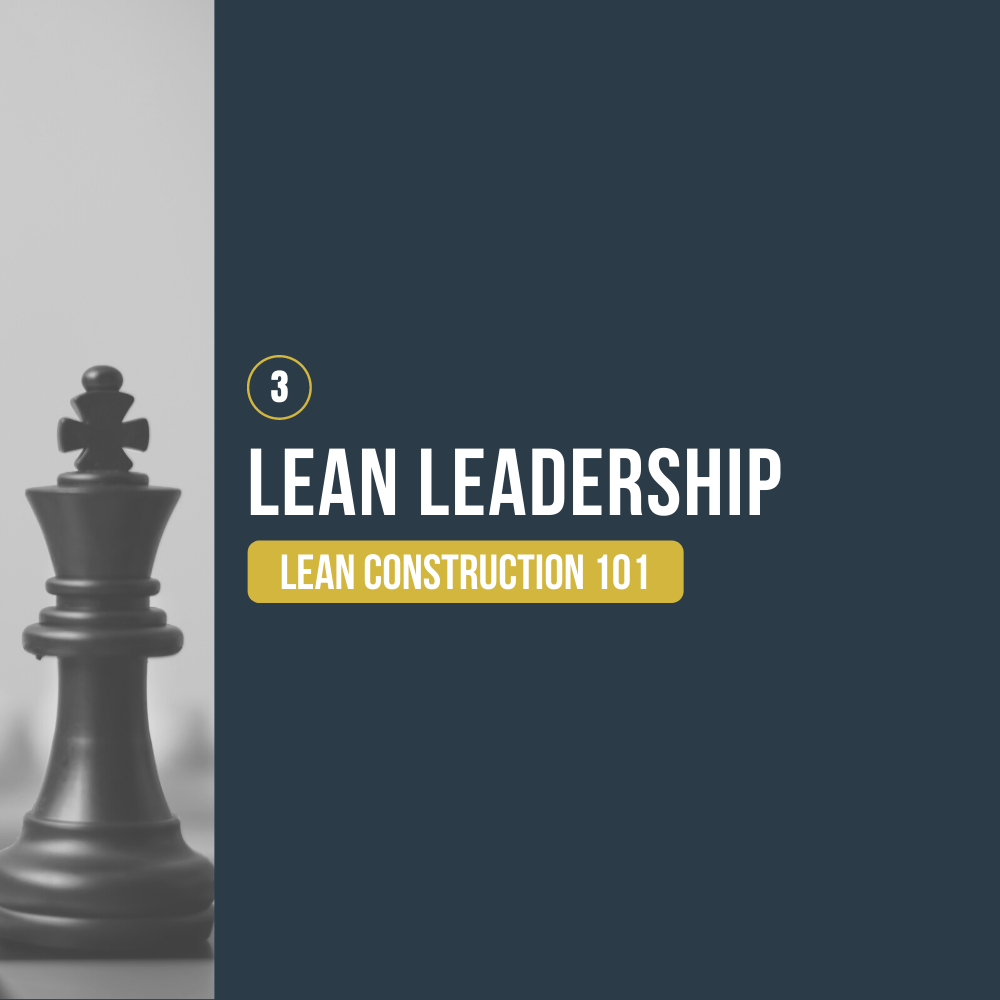This blog post wraps up the Lean 101 five-part series on Lean Leadership.
Katie Anderson aptly describes lean leaders’ journeys as “Learning to Lead, Leading to Learn.” (Get her book.) I’ll start by stepping back from that, asking what does it take to learn? Let’s not look to our general experience of formal education for the answer. I recall in college numerous stories of professors asking students to look to their right, then their left, stating “One of the three of you will not be here next semester.” To the extent that it was true, it is a failure of the higher Ed system. That is unacceptable. It is also unacceptable to think, “we just need more talent, smarter people, younger people, more experienced people, (add one for yourself).”
The Toyota Way principles #9 Grow Leaders and #10 Develop People and Teams are key responsibilities of people who are leaders. It starts by developing oneself as a leader. This is accomplished with ongoing study and more importantly by leading for learning. Erika Andersen, writing in Harvard Business Review, claims, learning to learn
“Requires four well-developed attributes: aspiration, self-awareness, curiosity, and vulnerability. They have a deep desire to understand and master new skills; they see themselves very clearly; they’re constantly thinking of and asking good questions, and they tolerate their own mistakes as they move up the curve.”
Erika then explains simple shifts in our mental models that get us started and keep us engaged in learning.
- Aspiration – “shifting your focus from challenges to benefits is a good way to increase your aspiration to do initially unappealing things”
- Self-awareness – “Your inner voice is most useful when it reports the facts of a situation in [a] balanced way. It should serve as a “fair witness” so that you’re open to seeing the areas in which you could improve and how to do so.”
- Curiosity – Great learners retain [a] childhood drive [for curiosity], or regain it through another application of self-talk. Instead of focusing on and reinforcing initial disinterest in a new subject, they learn to ask themselves “curious questions” about it and follow those questions up with actions.”
- Vulnerability – To paraphrase a friend, “Get good at being bad.” Erika says, “Great learners allow themselves to be vulnerable enough to accept that beginner state. In fact, they become reasonably comfortable in it—by managing their self-talk.”
Engage in Reflection to Notice What You Learned
The PDSA cycle of improvement is a complete model for learning. Study (the S in PDSA) in practice is a reflection on what you set out to do, what you did, and what specifically you learned along the way. The action of reflecting is necessary with our everyday efforts to become more skilled, to learn something new, and to build good habits. Include reflection in your plans for learning.
Think of reflection as a planned pause in action. Many in the lean construction community use Plus | Delta at the end of a meeting to reflect on what produced value (+) and what if changed (△) could produce more value. Other forms are retrospectives, sometimes called lessons learned, journaling, and reflection in action, being present to what is happening while you are doing what you’re doing.
Kaizen – improving oneself while solving problems – when practiced well includes two important steps. Kaizen at Toyota includes hansei (han ◦ say) – reflection along with yokoten – share broadly. It’s their pattern to learn for oneself and the organization. This won’t just happen. It takes leadership to model the behavior and to help people take the time to recognize their learning by reflecting and then wasting no time to share it with others.
Leaders Need to Learn to Learn
The details, of course, are dependent on the individual. There are three tightly related skills that all lean leaders regularly exercise:
- Listening
- Bringing out the best in others
- Taking a long-term systems-thinking perspective
I’ll be following up on all three in coming blog posts. For now, I’ll address #2 bringing out the best in others.
One traditional view of leadership is to provide direction for achieving challenging goals or outcomes. This is consistent with a positional view of leadership – the senior person knows the most and has the role for providing direction. Foundational to lean is respect for (the nature of) people. A practical implication of that is the person who does a job knows the most about that specific job. Still, larger challenges are not just about one person in one job. Even small(ish) problems may involve people from numerous roles, disciplines, organizations, and companies. Lean leaders recognize their role is to help others do a good job with each other in pursuit of a challenge. And as Katie Anderson says, one very effective way to learn is by leading to learn – take up a challenge with others where you are learning to lead by leading to learn.
Leaders Expand Learning
We’ve all experienced the huge learning we get from making mistakes. However, touching a hot stove, rarely done more than once, doesn’t have to be experienced by every person to learn that lesson. Sharing learning broadly and quickly is not the only way to expand learning. Lean leaders ask,
- What can we do to learn from the lessons others have learned?
- Who can we engage in our experiment to bring other expertise or perspectives?
- Who could benefit from what we learned?
- Who has solved the problem we have?
And on a personal note, lean leaders partner with others who are leading to learn. There is nothing like having someone to partner with on your lean leadership journey. In these Zoom days, your partner doesn’t need to be local. Don’t hesitate. Get one!
 Hal Macomber
Hal Macomber

